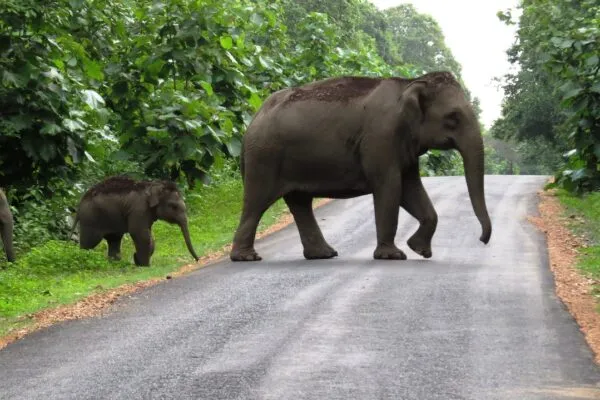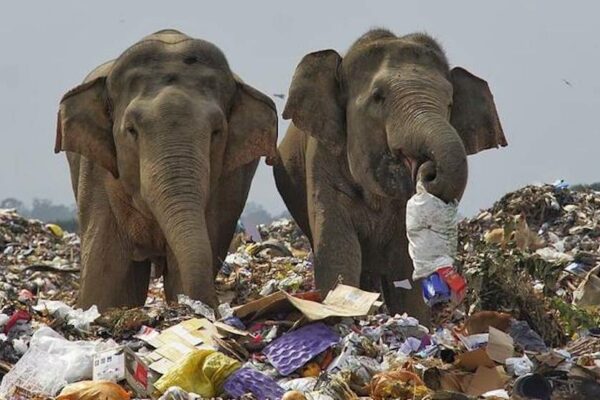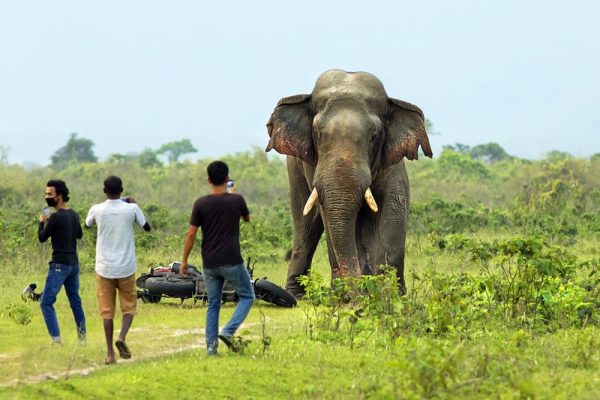Heart-breaking plight of Indian elephants that are tortured, wounded, even blinded for money
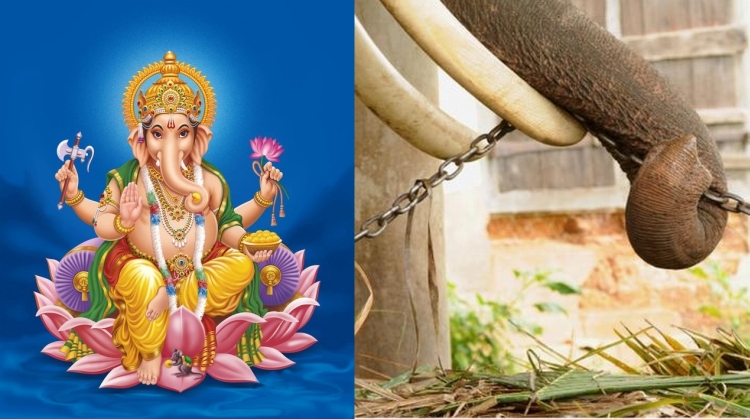
While India worships lord Ganesh in Temples, the treatment in real life for elephants (believed to be Ganesha’s representation) is extremely painful. According to Hindu mythology, the elephants are divine creatures, and are the descendants of the celestial Airavat and Abhramu.
Today, kerala has over 4,000 captive animals that are used to fetch money in religious festivals and bear burden of task it performs. Kerala has 80 percent of captive animals in India. There were over one million in 1900s, and now there are only 25,000 elephants remaining in India.
An elephant can earn over INR 5,00,000 (approximately £5,000) an hour at festivals in Kerala. Then, the forest preserves such as Jim Corbet Park ask for supply of elephants to lure tourist for Safari on the back of jumbos. If you see elephants obeying master’s commands in movies or anywhere else, then you should believe that the animals were trained in one of such 12 secrete camps inside Kerala forests. The training includes everything that can tame the animal, teach it submission, and keep it in control of mahuat – the man in-charge of the animal.
Now E for Elephant has become equal to economy. The elephants are leased like four-legged vehicles and treated like machines.
According to a report in 2013,
“For a temple procession, an elephant is charged Rs. 75,000 per day and an additional Rs. 25,000 for transportation. The maintenance cost of an elephant per day is just Rs. 2500 including all expenses and thus the elephant owners make a huge profit out of letting these animals for public functions.”
Beating isn’t sufficient to obtain results in short-term. So, the other ways of torture are used, which includes inserting nails into feet, partly or completely blinding the animal, starving it, keeping it thirsty and chained for decades at the same place. Feet are wounded for festival season to reduce chances of rampage, some are tied in a very weird position to make it impossible for the animal to stand up or sit down. Take a look at the image below:
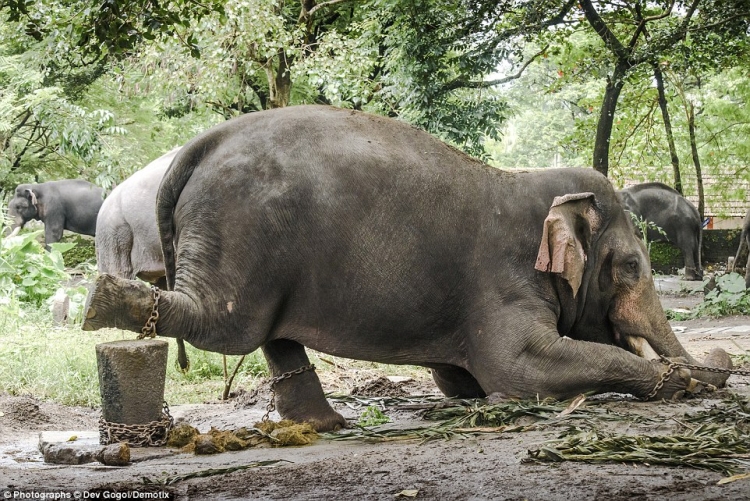
with his hind feet bound to a stump and his front legs chained to a tree. It means the male elephant cannot lie down, stretch or even reach a nearby water butt
Cruelty doesn’t end here, if elephants make mistakes or hurt people, they are put in Kraal, a sort of prison made from logs. Kraal is very narrow in space and the animal cannot sit even if it wants to. Animals in Kraal are tortured at least 2-3 hours a day as lesson.
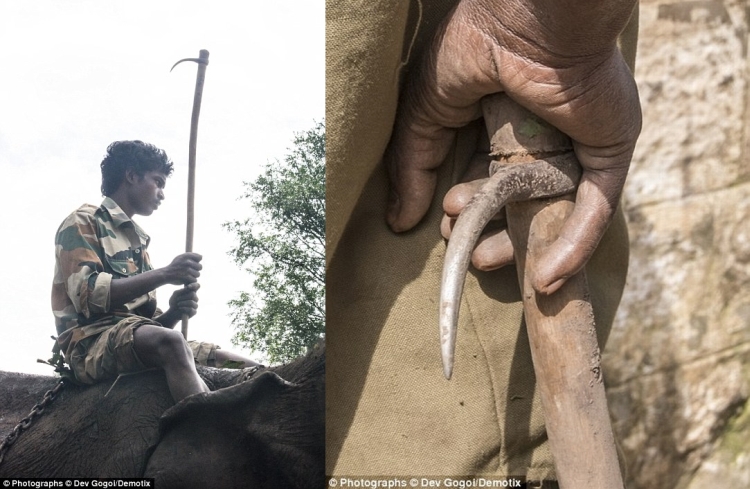
Ankush – a torture tool -a wooden stick with a steel hook foxed at one end
While tourists are charmed by witnessing the bond between the mahuat and elephant, the real motivation is the fear of a tool of torture called Ankush. Ankush is a stick with a metal hook.
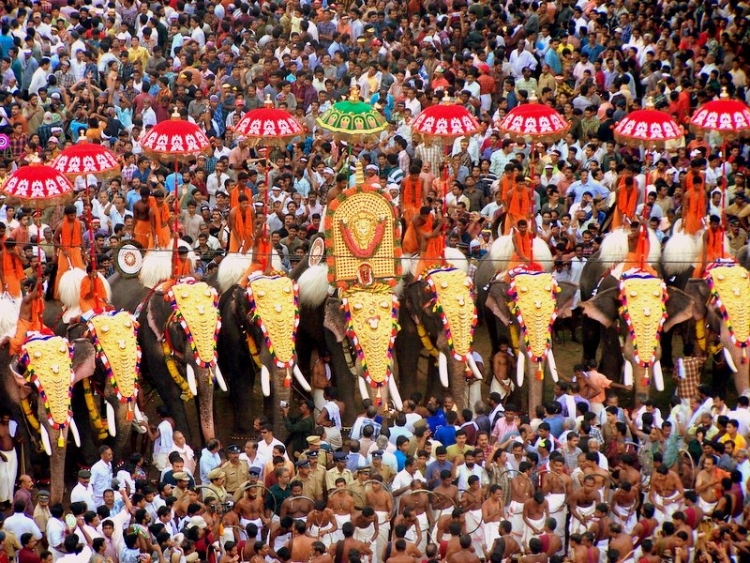
This is because elephants are exploited in festivals such as Trissur Pooram. The trained animals are also used at temples like the Vedakkumnathan Devasworm and Thiruvambi Devaswom. They are captured from the wild, even when capturing an elephant is prohibited under The Wildlife (Protection) Act, 1972. Most captive elephants are thought to have been captured illegally from the wild, separated from their mothers and transported to Kerala.
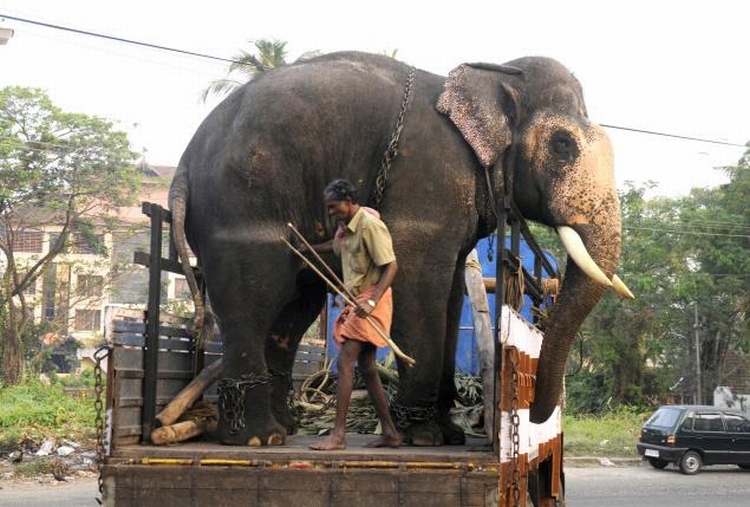
The elephants are forced to travel over 4,000 kilometers for about 150 festivals from January to April. Elephants are considered highly sensitive animals but in Kerala they are hurled into crowded roads and noise of firecrackers.
According to Caitlin O’Connell,
The tip of an elephant’s trunk has layers of cells called Pacinian corpuscles that are extremely sensitive to vibrations and is thought to be able to detect movement as subtle as Brownian motion. Pacinian corpuscles have also been found in the elephant foot – concentrated in the front and back (toes and heel area) dermal layer.
This means, firecrackers and loud sounds are hell for these majestic animals.
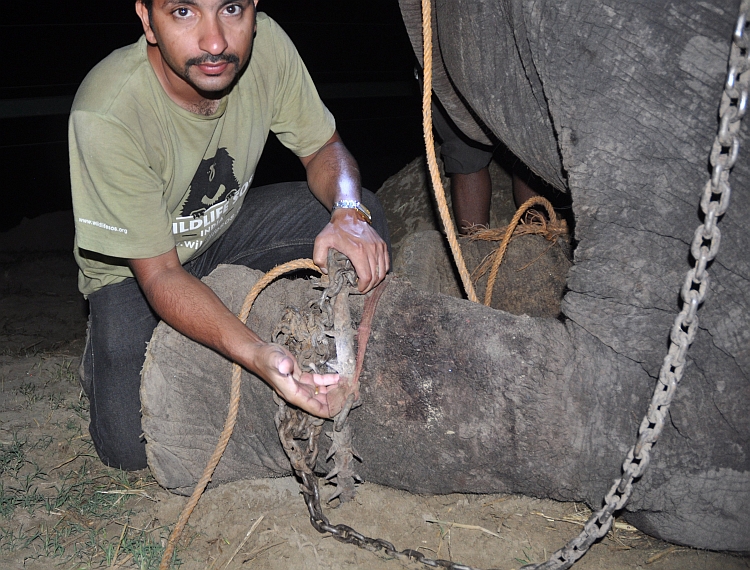
Raju the elephant with Wildlife SOS head vet Dr. Yaduraj Khadpekar as he is freeing him.
If that doesn’t give you an idea how sensitive elephants are, then here is the story of Raju – an elephant that was released by a North London-based charity Wildlife SOS after brutal treatment in 50 years of captivity. Vets worked for 45 minutes to remove the chains and spikes that had dug into the Raju’s leg. Raju is said to have literally cried on being freed.
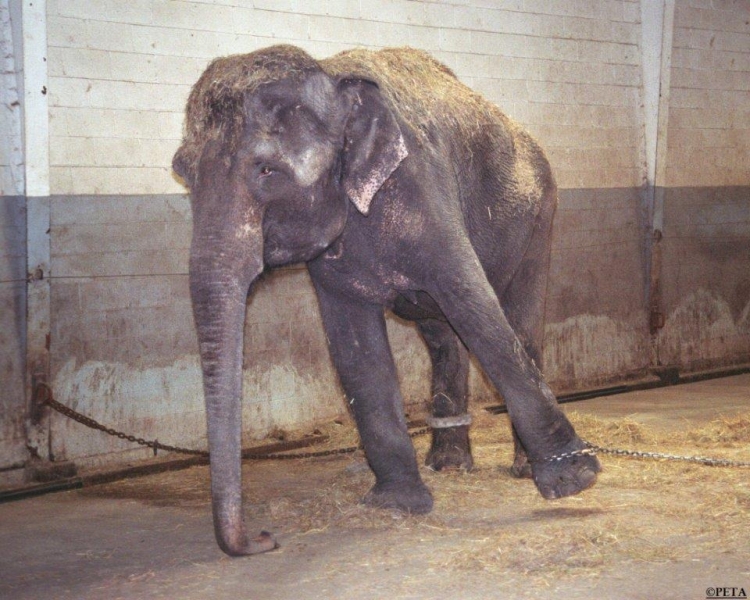
The torture isn’t limited to adult elephants alone. Baby elephants are paraded all over Kerala to collect money from homes. The elephants are usually put on display at festivals where these speechless creatures are made to stand under scorching sun, not allowed to sit or relax, continuously for over 36 hours.
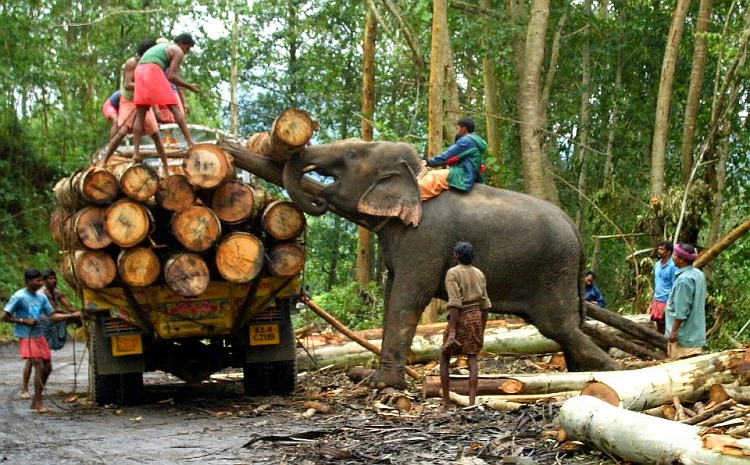
A huge number of elephants are used in logging industry where these animals are forced to lift heavy weights.
The Animal Welfare of India has its objections regarding the hideous treatment of elephants for commercial use; however, the Kerala High Court appears to support the practice based on religious sentiments. The activists who dared to raise their voice were silenced by the locals with life-threats. In case of religious matters, the peaceful Hindu nation turns to extreme violence.
Surprisingly, the practice of using animals in festivals or at temples did not begin in ancient India. Rather, it was in 1970s that mankind started chaining the animals to train and over-exploit elephants.
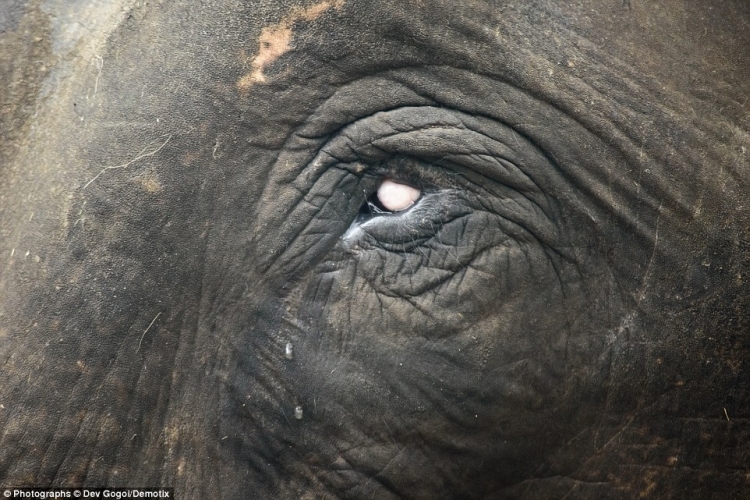
At one hand, India is banning beef (only beef ban), and on the other side, its people are committing such blasphemous act. The religious scriptures and religious organizations in India worship animals, but the reality is opposite. This is pure hypocrisy. Another example of religious hypocrisy is holy River Ganges. Ganges is worshiped and its water is considered purest on earth. But on the other hand thousands of tons of sewage, industrial chemical waste, and domestic waste are thrown into the same river. The condition of the river is such that it has become almost impossible for the government to clean.
The nation, with one fourth of its population starving, wastes enormous amount of milk, fruits and edibles on idols, but do not have any idea about the wastage. There is no end to such hypocritical practices in India.
There are some international animal welfare and animal right organizations that urge tourists to boycott any such trip that includes elephant rides or any elephant attraction, but there seems no similar effective efforts within India.
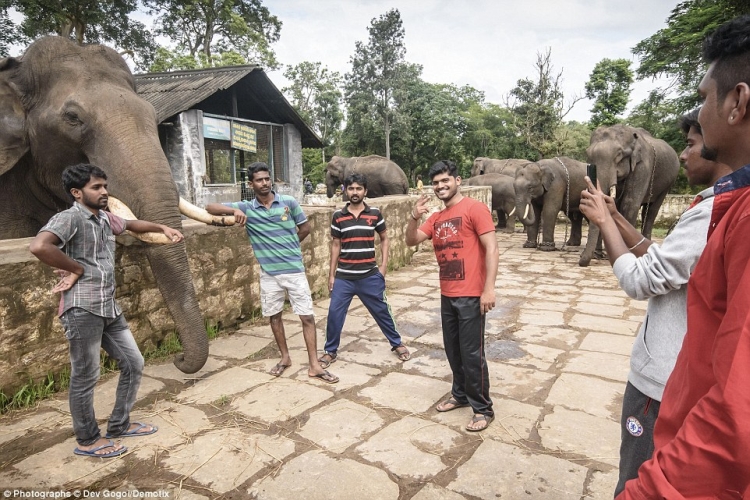
What matters most is the domestic tourism and locals who find enjoyment in seeing these animals at fairs or at temples.
In a natural environment, a free elephant drinks 150-200 liters of water a day, while in captivity, they hardly get 10-20 litters. In the wild, the animal eats variety of plants and fruits; at temples they get only dry palm leaves of rice straws. This is the apathy and it needs to be addressed.
India needs to wake up, on global level, developed nations need to interfere. Otherwise, as scientists predict; elephants will disappear from the face of earth soon!
Image Credits: Peta / Daily Mail/ The Independent
